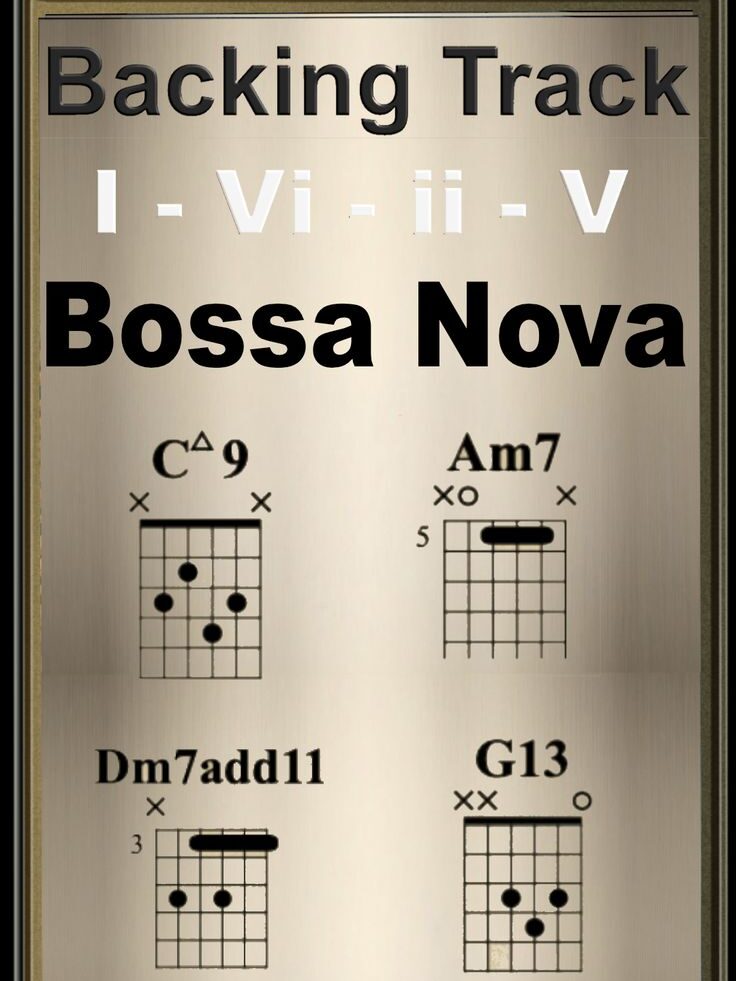Whether you’re a beginner guitarist just starting out or an experienced player looking to enhance your practice sessions, backing tracks can be a game-changer. They offer a versatile and engaging way to improve your timing, improvisation skills, and overall musicality. In this post, we’ll dive into what backing tracks are, how to use them effectively, and where to find the best ones for your practice sessions.

What Are Backing Tracks?
Backing tracks are pre-recorded audio tracks that typically include a full band minus one instrument. For guitarists, this usually means a track with drums, bass, and other instruments, but without the guitar. This allows you to play along as if you’re part of a band, creating a realistic and enjoyable practice environment.
Benefits of Using Backing Tracks
- Improves Timing and Rhythm: Playing with backing tracks helps you stay in time with the beat, which is crucial for any musician.
- Enhances Improvisation: Backing tracks provide a great platform for practicing solos and improvisation in different keys and styles.
- Builds Confidence: Playing along with a full band track can boost your confidence, especially if you’re preparing for live performances.
- Diversifies Practice: Using different backing tracks can keep your practice sessions varied and interesting.
How to Use Backing Tracks Effectively
- Start Simple: Begin with simpler tracks that match your current skill level. As you get comfortable, gradually increase the complexity.
- Focus on Different Genres: Experiment with backing tracks in various styles (blues, rock, jazz, etc.) to become a versatile player.
- Practice Scales and Chords: Use backing tracks to practice scales and chord progressions. This will help you understand how they fit within a musical context.
- Record Yourself: Recording your practice sessions can help you identify areas for improvement and track your progress over time.
Where to Find Backing Tracks
- YouTube: There are countless backing tracks available on YouTube, covering almost every genre and skill level. Channels like “Elevated Jam Tracks” and “Quist” offer high-quality options.
- Backing Track Websites: Websites like GuitarBackingTrack.com and JamTracks provide a wide range of downloadable tracks.
- Apps: Apps like “AmpliTube” and “JamUp” offer backing tracks and other features to enhance your practice sessions.
- Create Your Own: If you have recording software, consider creating your own backing tracks tailored to your practice needs.
Tips for Practicing with Backing Tracks
- Warm Up: Always start with a warm-up to get your fingers moving and your mind focused.
- Set Goals: Have clear goals for each practice session. Whether it’s nailing a solo, mastering a new scale, or improving your timing, knowing what you want to achieve will keep you motivated.
- Stay Consistent: Regular practice with backing tracks will yield the best results. Aim for at least 20-30 minutes a day.
- Experiment: Don’t be afraid to experiment with different playing techniques, effects, and styles. Backing tracks provide a safe space to explore new ideas.
Conclusion
Backing tracks are a valuable tool for any guitarist looking to enhance their skills and enjoy their practice sessions more. By incorporating backing tracks into your routine, you can improve your timing, improvisation, and overall musicality. With so many resources available online, finding the perfect tracks for your needs is easier than ever. So, plug in, play along, and watch your guitar skills soar to new heights!
- 🎶 Flute Lesson for Beginners: Learn Your First Notes Easily
- Homesteading Knowledge: Back-to-Basics Skills for Self-Reliant Living
- 🎸 Dmaj7 Guitar Chord: A Smooth and Dreamy Sound for Your Songs
- July 5th in America: The Quiet Day After the Boom
- Who Is Vanessa Trump? Inside the Life of Donald Trump Jr.’s Former Wife